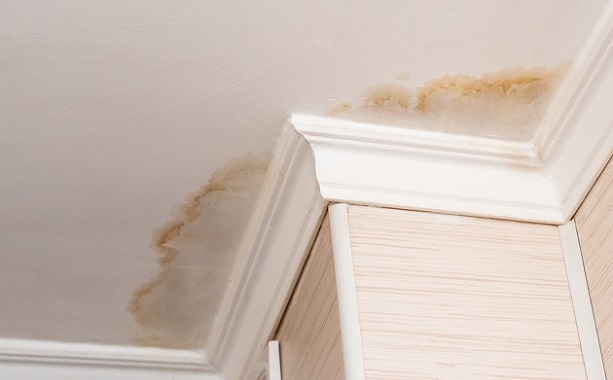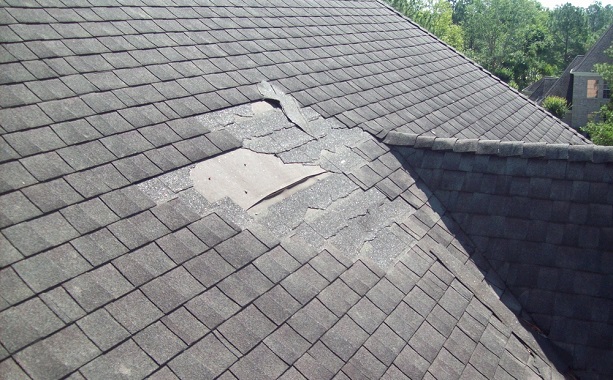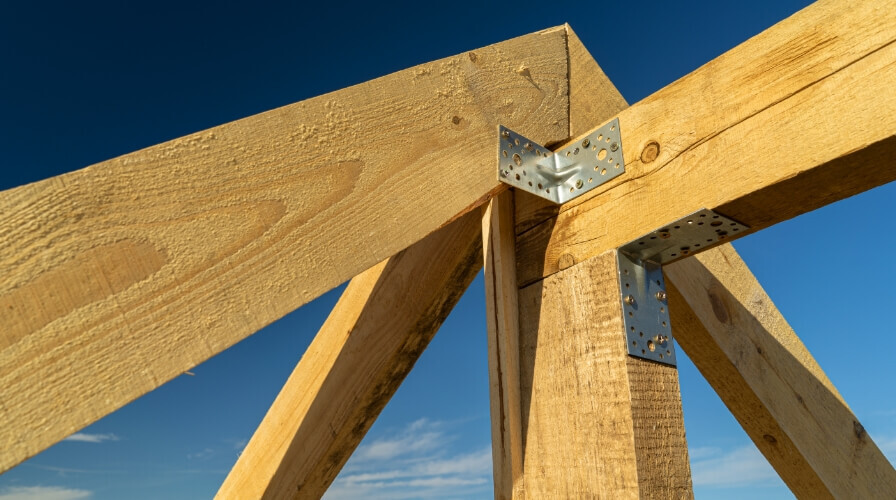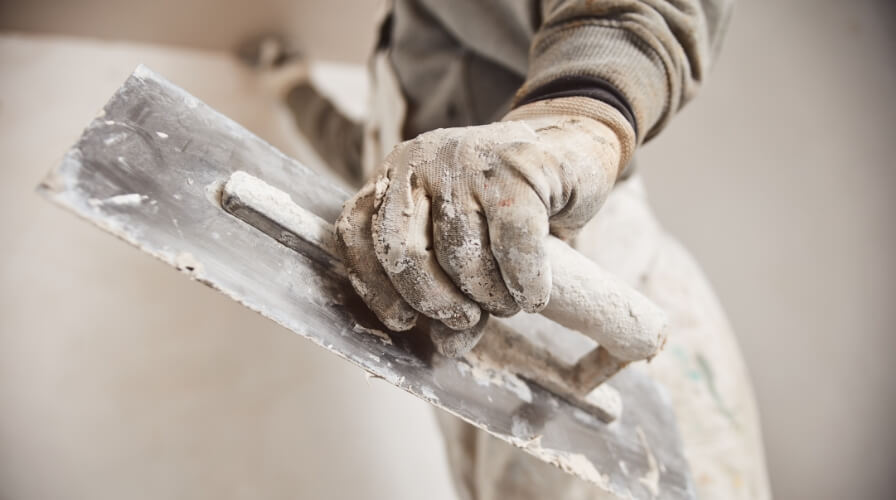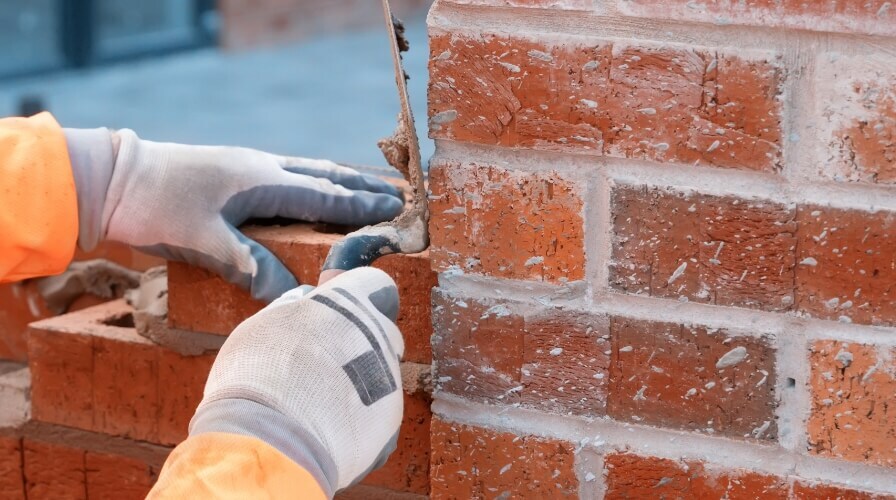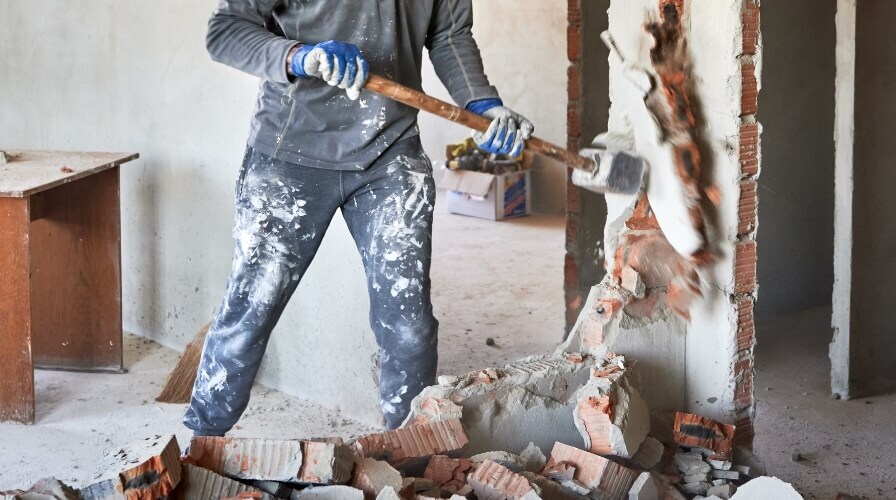Plumbing issues
Leaking pipes or plumbing fixtures above a ceiling can make water seep into the ceiling structure. This can lead to water stains and eventual long-term damage.
Humidity and condensation
High humidity levels in a room can cause condensation on the ceiling, leading to mould, peeling paint and the ceiling materials eventually breaking down.
Structural settlement
Buildings can go through settling over time, which can then mean cracks in ceilings.
Poor ventilation
Poor ventilation can cause ceiling problems, including mould growth, discolouration and breakages. A bathroom ceiling crack can be caused by bad ventilation and moisture in a home. Water and steam from the bath or shower get trapped in the ceiling, with nowhere to go, eventually softening and cracking the paint.
Pests and rodents
Infestation of pests and rodents in the ceiling can cause lots of damage, as they chew through important materials or create nests.
Ceiling material breakdown
Plaster, drywall or acoustic tile ceilings can break down because of age and wear and tear, causing cracks, sagging, or crumbling areas.
Weight overload
Lots of weight on the ceiling, such as putting heavy objects on top or installing ceiling fans and chandeliers, can lead to damage over time.
Accidental damage
Accidents like items falling or impacts from above can immediately damage the ceiling.
Fixing ceiling damage
Fixing damaged ceilings can be difficult, so getting it right is important. Proper ceiling repairs help protect, insulate and support a building.
Cost to replace ceiling
If you’re a homeowner, the cost to replace a ceiling depends on several things, including the ceiling material, the size of the area, how difficult the job is and where you live. You’ll need to know if you need to remove some of the ceiling before putting in a new one, as this will cost extra. Decorations such as recessed lights, ceiling fans and mouldings will make the replacement more expensive. Other issues like fixing water damage or reinforcing the framework will also add to the total cost.
